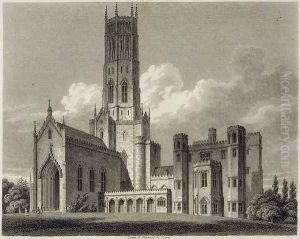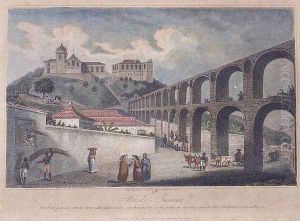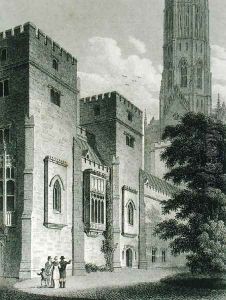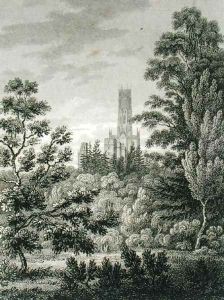James Storer Paintings
James Storer was an English engraver and antiquary, born in 1771. His work significantly contributed to the documentation and preservation of British architectural heritage, especially ecclesiastical buildings. Storer's engravings, characterized by their meticulous detail and historical accuracy, were instrumental in the early 19th-century wave of interest in Gothic architecture and antiquities.
Storer was not just an engraver; he was deeply interested in the history and architecture of the buildings he depicted. This interest led him to collaborate with his son, Henry Sargant Storer, in producing a series of publications that were highly regarded for their scholarly content and artistic merit. Among these, 'The Antiquarian and Topographical Cabinet,' published in a series of volumes starting in 1807, stands out for its comprehensive coverage of ecclesiastical and secular buildings across England.
Throughout his career, Storer worked with a number of notable historians and antiquaries, contributing engravings to their works that helped to illustrate and thus preserve Britain's architectural history. His engravings served not only as works of art but also as important historical documents, capturing details of buildings that, in some cases, have since been lost or altered beyond recognition.
James Storer's contributions extended beyond his publications. He was involved in various societies and projects that aimed to document and preserve British historical sites and artifacts. His work remains a valuable resource for historians, architects, and conservationists, offering insights into the architectural styles and construction techniques of the past.
Storer passed away in 1853, leaving behind a legacy marked by his passion for history and his skill as an engraver. His work continues to be appreciated by those interested in British history and architecture, embodying a blend of artistic excellence and scholarly dedication that has ensured its lasting significance.



